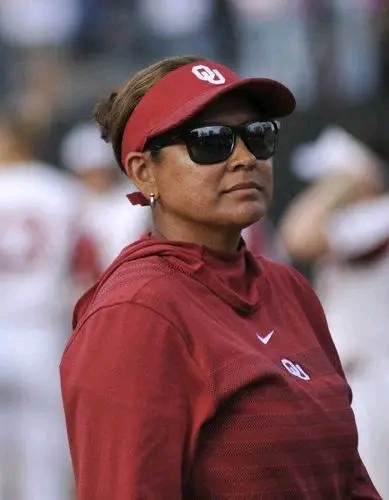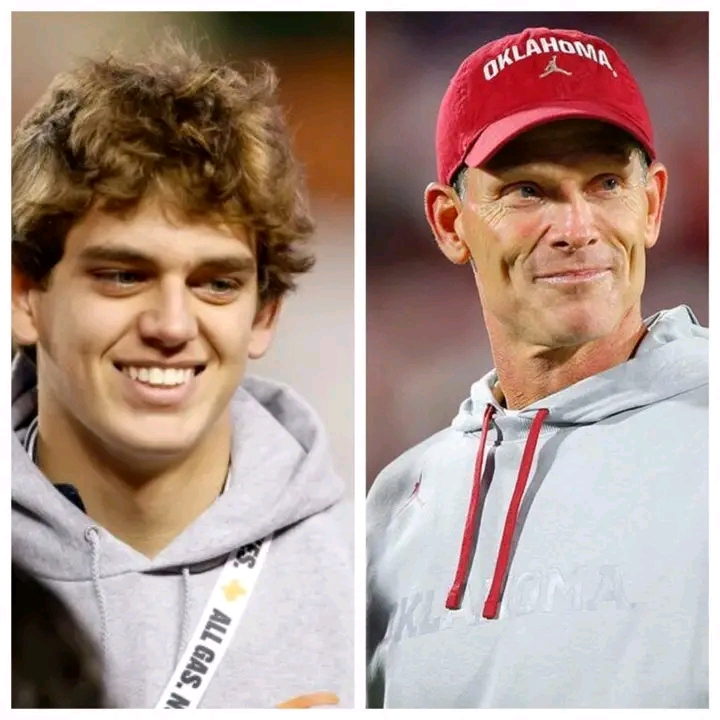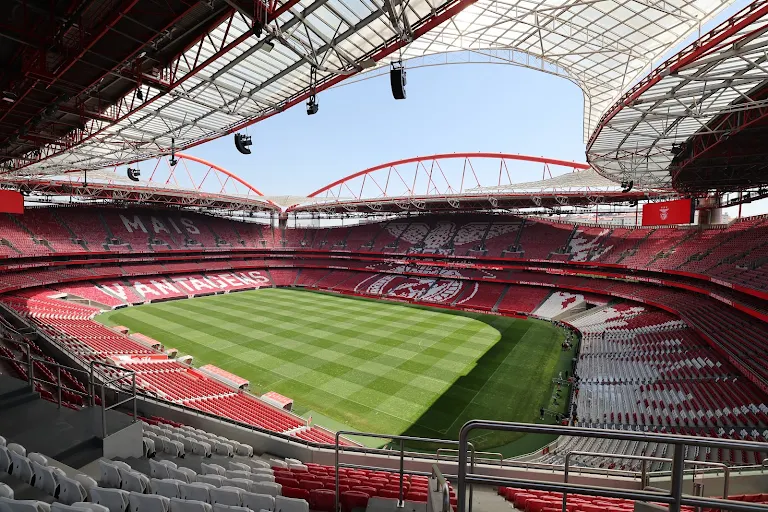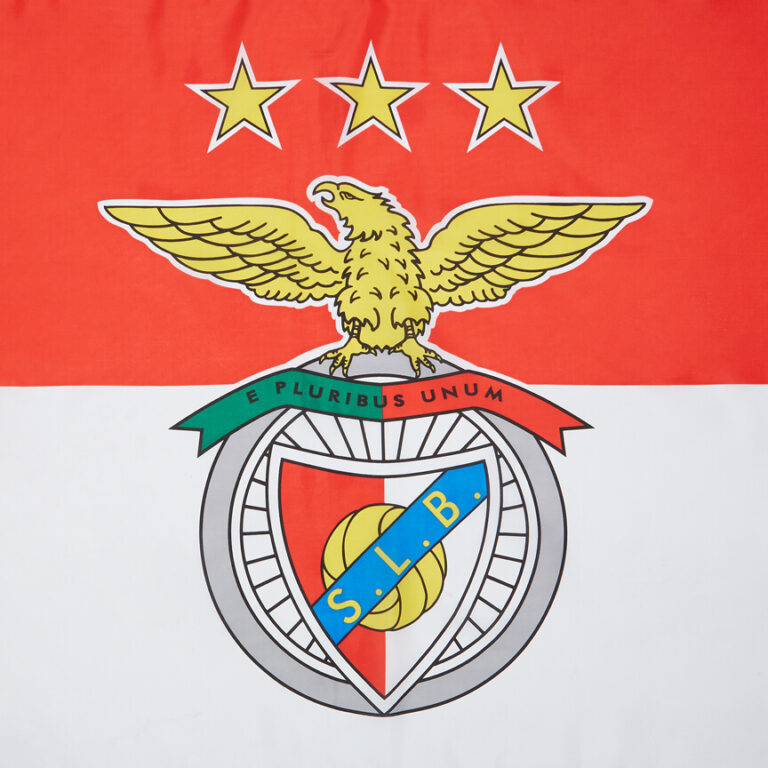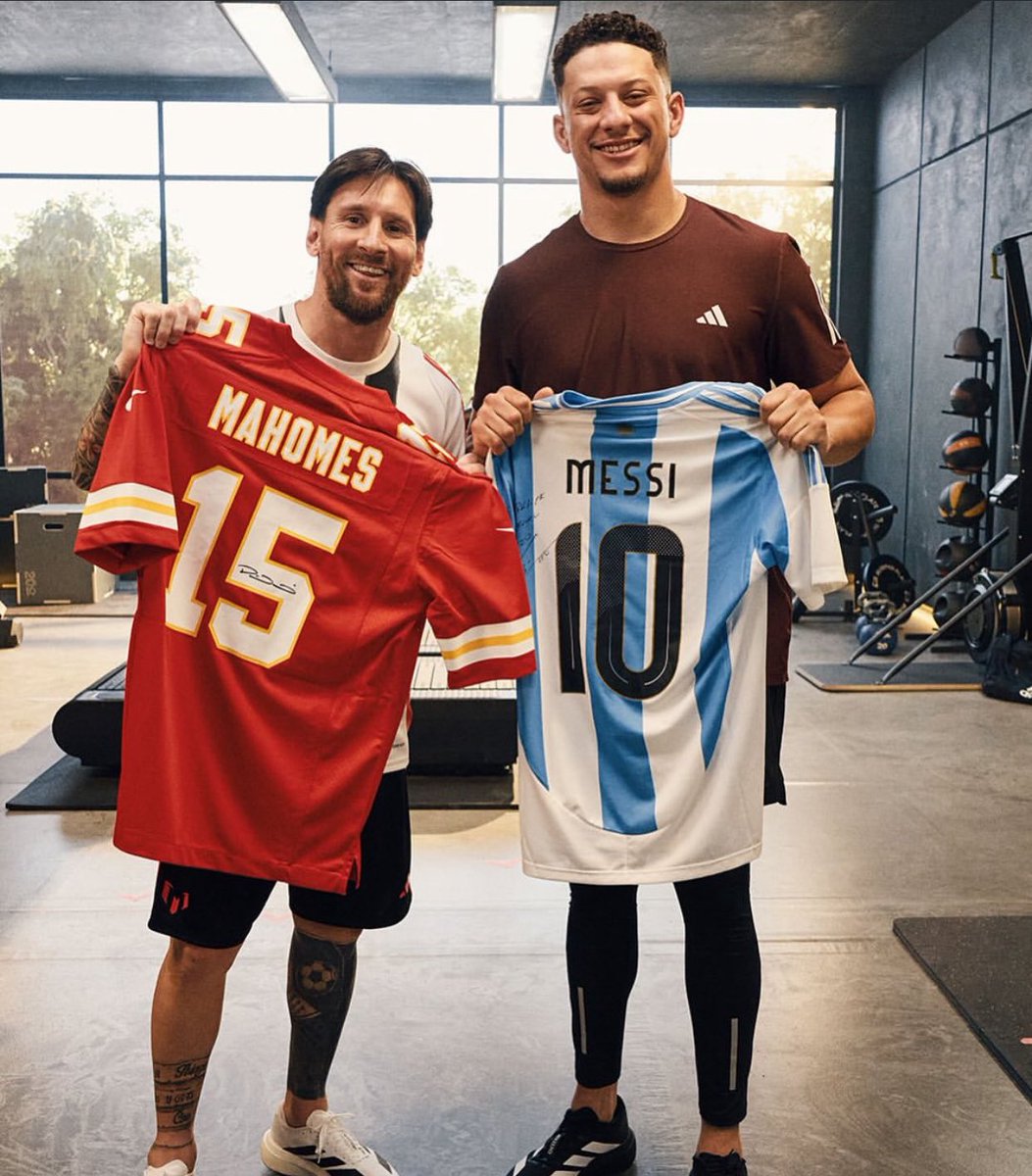
When two footballing legends meet on the pitch, the game extends beyond the final whistle. For fans and players alike, the ritual of exchanging jerseys at the end of a match carries a deep significance—a silent nod of mutual respect, shared history, and unspoken admiration. Among countless jersey swaps in football history, one stands above the rest as not only symbolic, but iconic: the day when Lionel Messi and Ronaldinho exchanged jerseys during an unforgettable encounter that felt like a full-circle moment in the sport’s tapestry.
The scene was electric. The match had already delivered everything fans hoped for—flashes of brilliance, masterful control, and moments that reminded everyone why they fell in love with football in the first place. Lionel Messi, the living embodiment of technical perfection and relentless brilliance, stood on one side. On the other, Ronaldinho, the samba-footed magician whose artistry changed how the world viewed creativity in the game.
Years earlier, it was Ronaldinho who took Messi under his wing during his formative years at FC Barcelona. Back then, Messi was a shy teenager with unruly hair and a fire in his boots. Ronaldinho was already a global superstar, adored by millions for his dazzling smile and his ability to make defenders look like mannequins. More than a mentor, Ronaldinho was Messi’s first footballing big brother—a figure who offered him guidance, encouragement, and belief.
Fast forward to the match that brought them back together on opposite teams. Time had changed many things—Ronaldinho was nearing the twilight of his career, while Messi was already cementing his place as an all-time great. But what hadn’t changed was the mutual reverence between them. As the final whistle blew, the two legends embraced at the center of the pitch, their arms over each other’s shoulders, smiles beaming through sweat.
Then came the jersey swap.
Cameras zoomed in, capturing a powerful yet quiet exchange. Ronaldinho handed Messi his shirt, still bearing the number 10—one of the most coveted numbers in football. Messi, in turn, passed his own jersey to the man who had once welcomed him into the elite circle. For fans, this was more than fabric changing hands. It was a symbolic torch passing, a moment that encapsulated eras of dominance, influence, and beauty in the game.
The image of that swap made global headlines. It was printed on posters, replayed endlessly on sports shows, and dissected by fans from Buenos Aires to Rio, from Madrid to Manchester. It wasn’t just about who they were. It was about what they represented—flair and finesse, loyalty and legacy, humility and heroism.
The jerseys themselves later became artifacts of immense emotional and historic value. One was framed in Messi’s private collection, a memento of a man who helped shape his earliest steps in professional football. The other? Rumor has it Ronaldinho kept it in a special glass case at home, calling it his “favorite shirt not his own.”
Beyond nostalgia, this jersey swap symbolized everything beautiful about football—the way it connects generations, transcends borders, and creates stories that become folklore. It was a tribute to friendship and legacy, an acknowledgment that while football is a competitive sport, it is also a brotherhood.
In a sport often marked by rivalry and individual glory, moments like these remind fans and players alike of the deeper bonds that make football the beautiful game. The jersey swap between Lionel Messi and Ronaldinho wasn’t just one of the greatest—it was a poetic celebration of football’s enduring soul.
